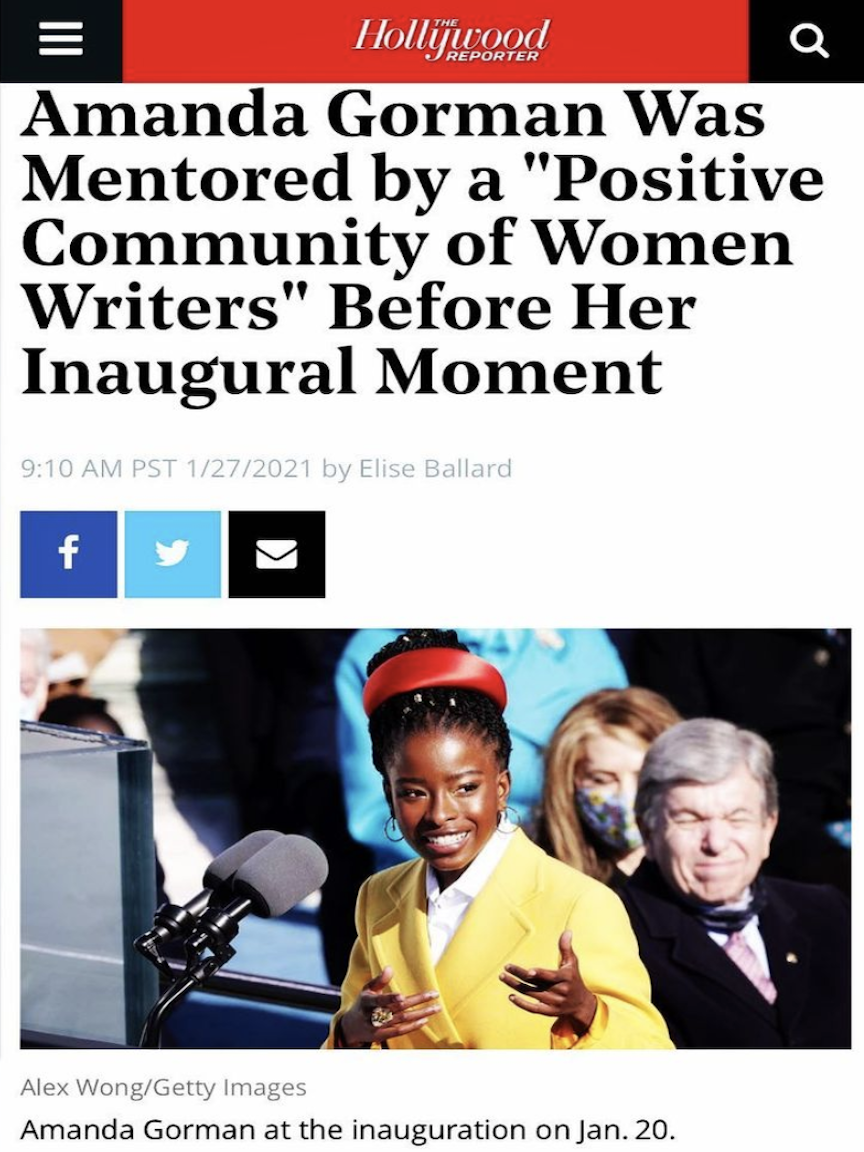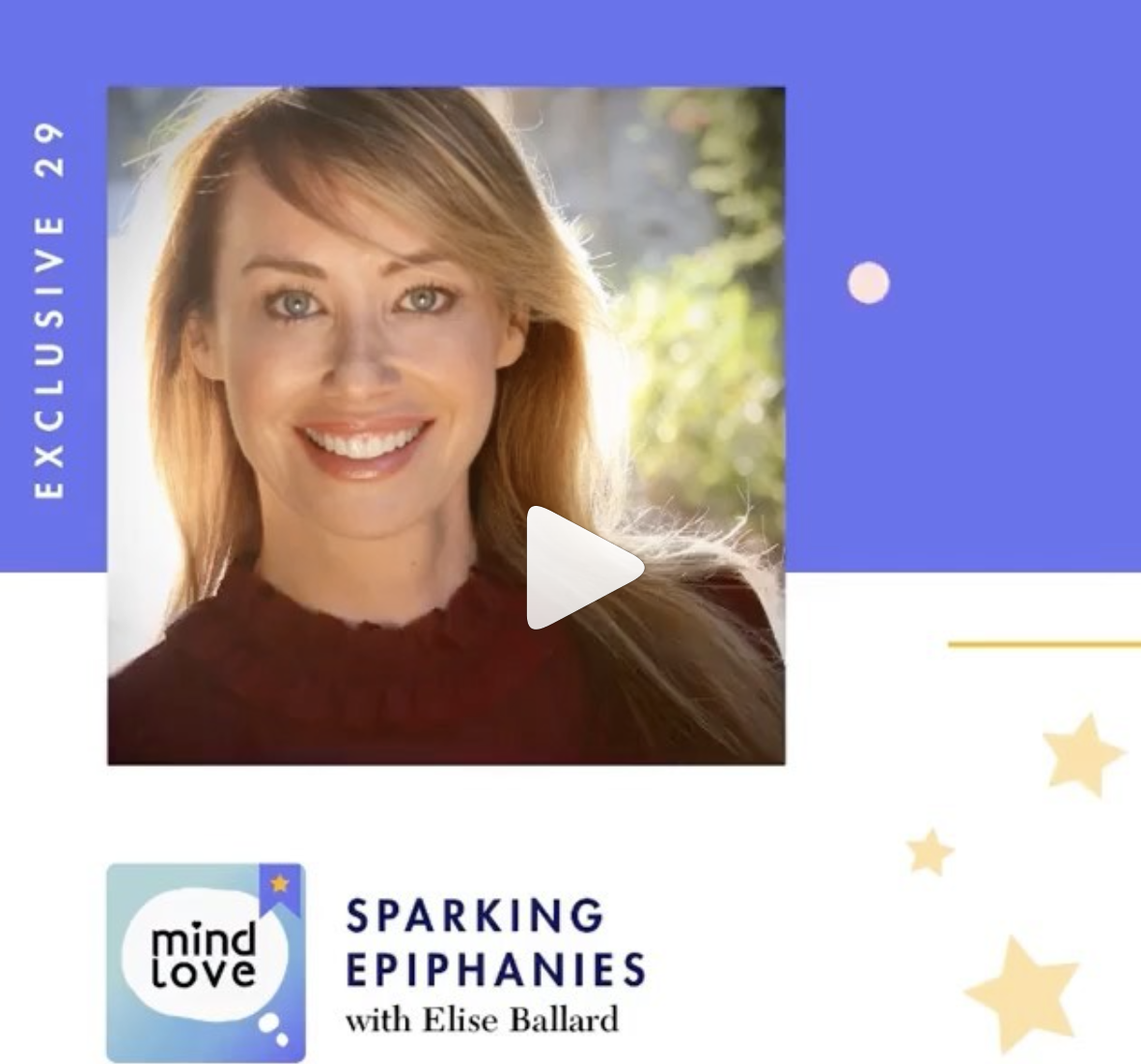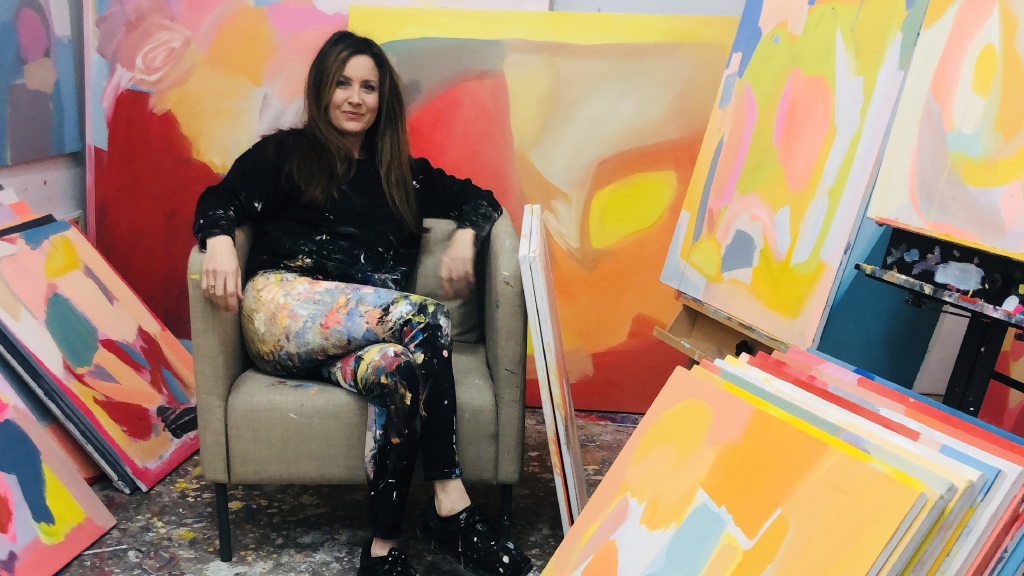
This is my latest article for Psychology Today–an interview with acclaimed artist, Rachel Kice, about her latest project and how hypnotherapy helped give her the epiphanies that led her to it.
I’m a big proponent of healing modalities and exploring different ways that we can have epiphanies, and in doing research for this article, I not only learned more about the power of hypnosis but also that contemplating abstract art can be helpful with cognitive functioning and help us spark epiphanies.
So remember, when you’re feeling blue or need an epiphany, a trip to your local Modern Art Museum, to an art gallery, exploring abstract art online like Rachel’s project, or contemplating your own art at home might help. Read on to learn more!
As told to Elise Ballard and published on Psychology Today:
- When an artist brought hypnosis into her painting, her work completely changed and a new painting series and healing tool emerged.
- Observing and contemplating abstract art can open us up to creativity, new ideas, emotional states, and epiphanies.
- Hypnotherapy can be a powerful addition to psychotherapy when treating depression, trauma, and PTSD and for relieving general stress and anxiety.
*****
When Rachel Kice, an acclaimed visual and performance artist, began a personal growth and healing journey six years ago, she had no intention of becoming a hypnotherapist, but that’s where it led her. While studying hypnotherapy, she had an epiphany to bring the process of hypnosis into her painting practice. It resulted in her latest project, The Oracle of Associated Light, a series of paintings produced as a card deck and a guidebook. A visual version of Brian Eno’s Oblique Strategies meets positive affirmations, the project is a tool to open up creativity and promote positive thought. Her interview holds some great examples and resources for enhancing our abilities to have epiphanies through psychological healing modalities and art.
EB: What is the Oracle of Associated Light?
RK: The Oracle of Associate Light is a series of 63 paintings that I painted while in hypnosis. They are each abstracted from one powerful, positive word such as love, curiosity, victory, and freedom. I printed each image on a deck of cards and created a guidebook that explores the painting and word further. The cards are a tool for creatives, artists, writers, therapists, intuitives, and the layperson to use for intention-setting and to access the subconscious mind and imagination.
EB: How and why did you become a hypnotherapist in addition to your work as an artist?
RK: About six years ago, after a series of traumatic events, including a betrayal by a business partner, I experienced depression. After doing some research, I decided to try hypnosis.
There’s a lot of evidence out there that it has benefits for many conditions, including pain, depression, anxiety, and phobias.
According to the American Psychological Association, “Hypnosis can create a highly relaxed state of inner concentration and focused attention for patients, and the technique can be tailored to different treatment methods, such as cognitive-behavioral therapy. Patients also can become more empowered by learning to hypnotize themselves at home to reduce chronic pain, improve sleep, or alleviate some symptoms of depression or anxiety.
Hypnosis helped lift my mood enough to decide that I wanted to understand and overcome all that had contributed to the state of depression I was experiencing. In addition to hypnosis, I explored personal growth modalities like EMDR, Brainspotting, and cognitive behavioral therapy. In the process, I discovered a pattern of getting involved with people who didn’t have good intentions for me. I thought hypnotherapy would help me change that pattern by better understanding myself and others because hypnosis bypasses the critical mind and allows access to the subconscious mind, where our beliefs and automatic operating patterns that determine our behavior and choices are stored.
Hypnosis was helping me so much; I wanted to learn everything about it. It wasn’t part of my original plan to open a private hypnotherapy practice. Still, I ended up loving it so much that I did. While studying, I noticed that the work of a hypnotherapist is similar to that of an abstract painter. Associations to a shape or object—or, in hypnotherapy, a belief or behavior—must be changed and supported by all other elements at play to create a new and strong composition. One day, I suddenly realized that if hypnotherapy could help me make significant, positive changes in how I feel, believe, and react—it may also support my creative process in an equally powerful way. I thought, What if I applied hypnosis to my art practice? I became curious and started painting while in hypnosis.
EB: Was the Oracle of Associated Light art series and card deck sparked by an epiphany as well?
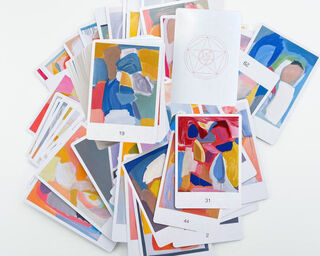
RK: Yes, definitely! By the time I discovered hypnotherapy, I wasn’t happy with my work as an artist—and I was conflicted. I loved my clients and was so grateful that people wanted my work. But I wasn’t interested in the kinds of paintings I’d been producing for a long time. I felt like I was bringing less and less authenticity to my canvas. I guess you could say I was in a bit of a mid-life/mid-career crisis. I didn’t know what the next iteration of my work would be. Things got easier once I began experimenting with my original idea (aka epiphany) of going into hypnosis while painting.
One day I painted a dozen abstract pieces while in hypnosis. I left them in my studio and stayed home for a few days. When I returned, the moment I saw the paintings again, I had the thought, Oh, this is the Oracle. It was as if they were talking to me, like art pieces with their own voices and lives. They were like benevolent visitors. I knew what they were and what I was supposed to do with them—it was more of a feeling than a thought or plan.
For me, an epiphany is a knowing that’s a feeling—like a “spiritual gut-punch.” My epiphanies taught me to relax, be myself, and follow my curiosity. I let go of the “shoulds” and “supposed to’s” and did what was right for me.
EB: How can art lead to healing and/or epiphanies and what is your hope for the Oracle project?
RK: Research shows that art affects our mindset and, in particular, abstract art triggers the psychological distance needed for inner exploration. We find the meaning and feeling of what we see in the painting for ourselves. There’s a great article about it on Inverse that cites authors of a 2014 paper in Frontiers in Human Neuroscience who say “abstract art ‘frees our brain from the dominance of reality,’ which allows us to access new emotional or cognitive states that are otherwise hidden from us in daily life.
That’s why I say therapists, creatives, and people who love art and use inspirational tools can all use the Oracle of Associated Light cards. For me, the project is a success if it sparks curiosity in people’s lives or assists someone in overcoming depression or anything that may be holding them back. That’s what it’s done for me—it’s a project celebrating “overcoming.” By looking at the abstract art on the card(s) you draw, you can observe what you’re seeing and feeling as you generate new insight and ideas with or without the guidebook.
EB: How can hypnotherapy and other psychological healing modalities spark epiphanies?
RK: Therapy helps us process adverse events, know ourselves, and access or uncover subconscious beliefs and fears that cause emotional pain. When we feel better, we think better. Epiphanies and goodness of all kinds are more accessible to a healthy mind. No one therapy or therapist is suitable for everyone. Find the modalities and therapist(s) that work for you. Hypnotherapy can be a powerful addition to psychotherapy when treating depression, trauma, and PTSD. It can also be a powerful therapy for relieving general stress and anxiety, creating behavioral change, transforming fear into action, and boosting confidence.
As Michael Yapko, Ph.D., a psychologist and fellow of the American Society of Clinical Hypnosis, says, “Hypnosis works and the empirical support is unequivocal in that regard. It really does help people.”
It definitely helped me and now I’m happy to be using it to help others.
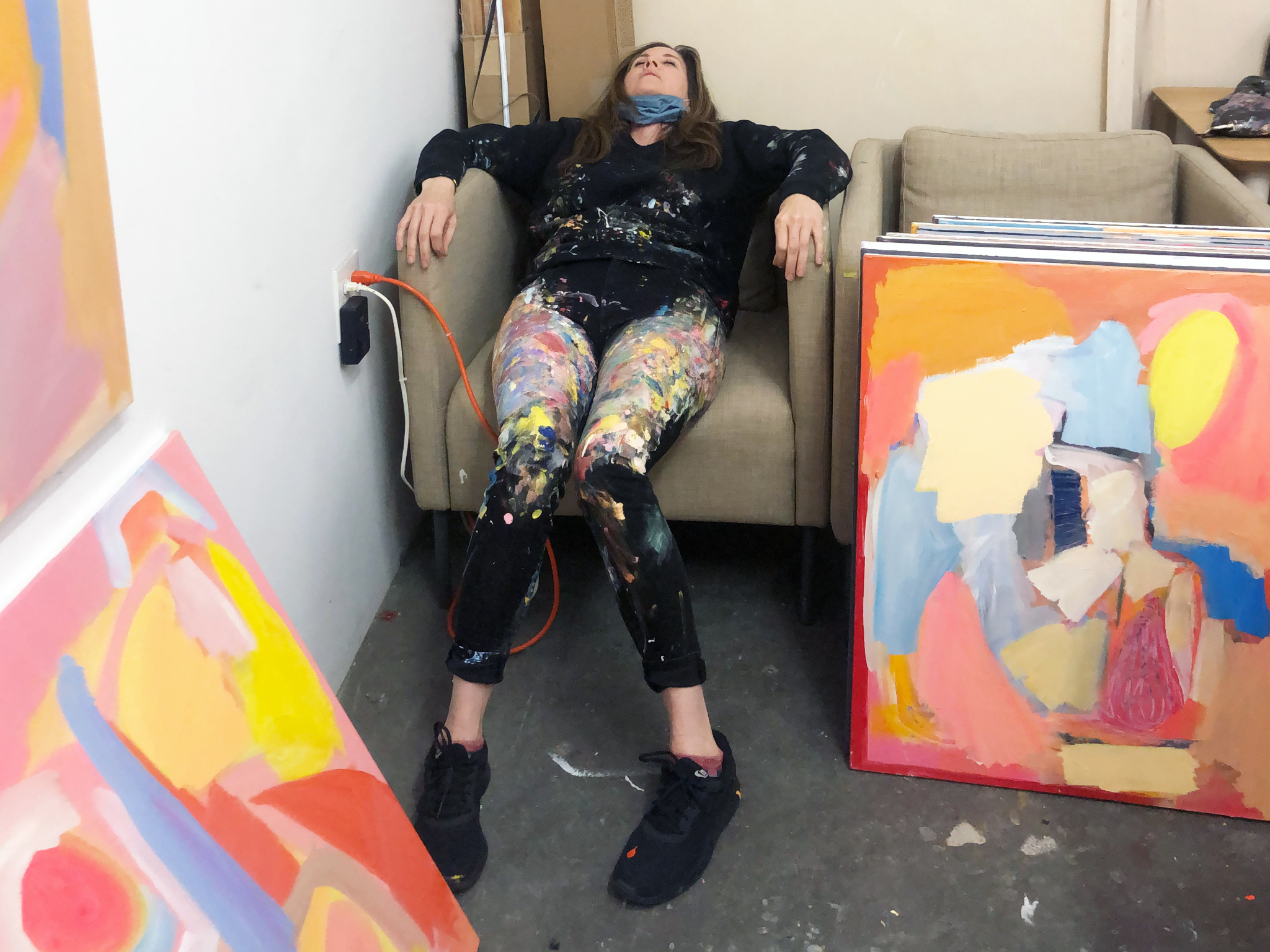
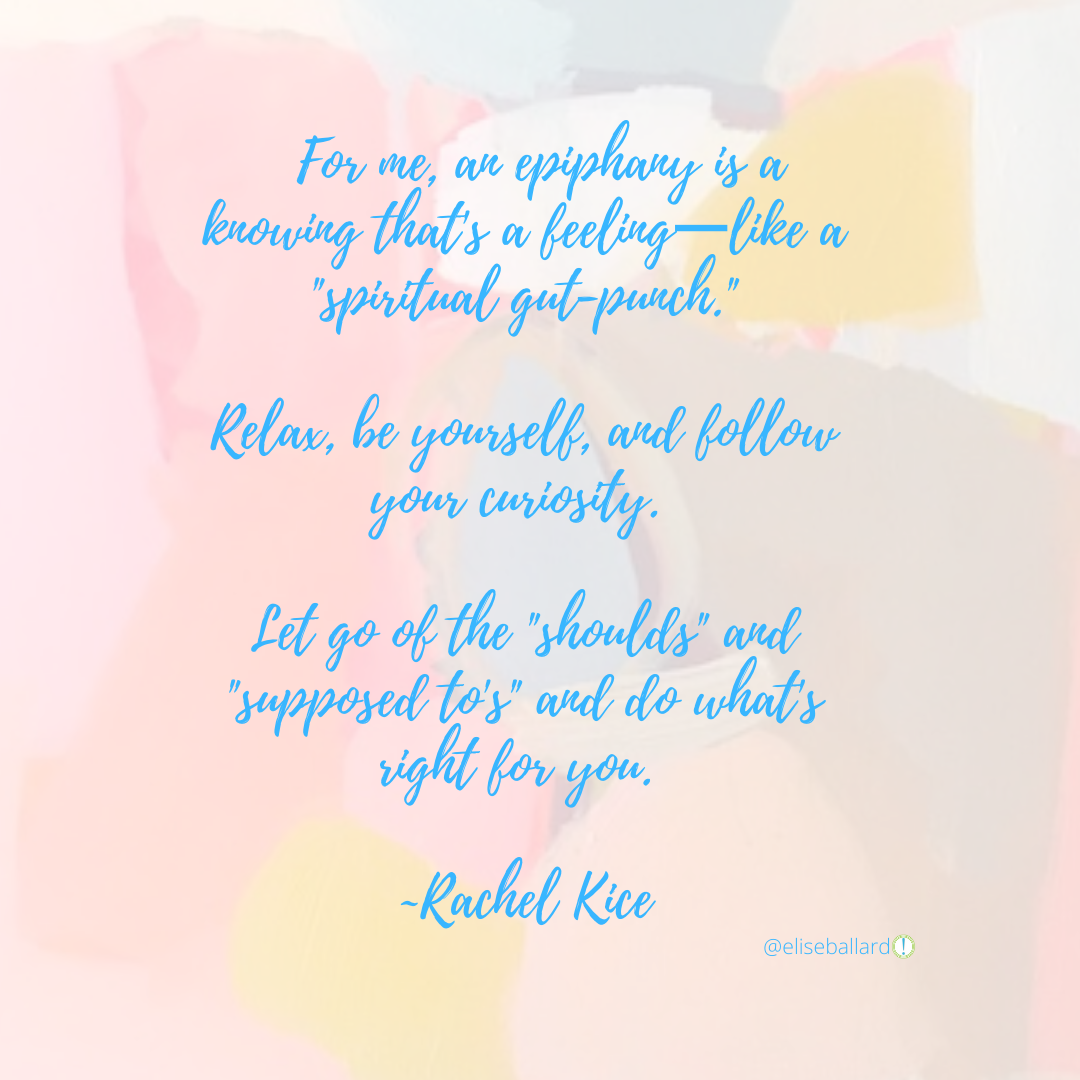

Rachel Kice is a nationally recognized artist and hypnotist. Her paintings can be found in numerous private, corporate, and museum collections. Her current work focuses on the allocation of meaning in shape and color derived of language. Rachel maintains a studio art practice in Los Angeles, California, and offers hypnotherapy sessions for individuals and groups. rachelkice.com
References
Betuel, Emma. (August 3, 2020). One Type of Art Can Help You See The Bigger Picture in Life – Study. Inverse.com.
Aviv, Vered. (2014). What does the Brain Tell Us About Abstract Art? Jerusalem, Israel. Frontiers in Human Neuroscience.
Smith, Brendan L.. (2011). Hypnosis Today: Hypnosis continues to show promise in reducing pain and soothing anxiety… Monitor on Psychology. American Psychological Association.


